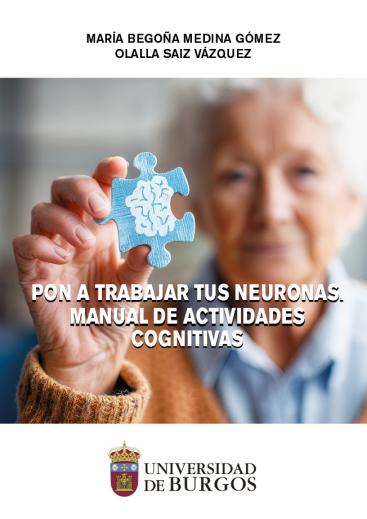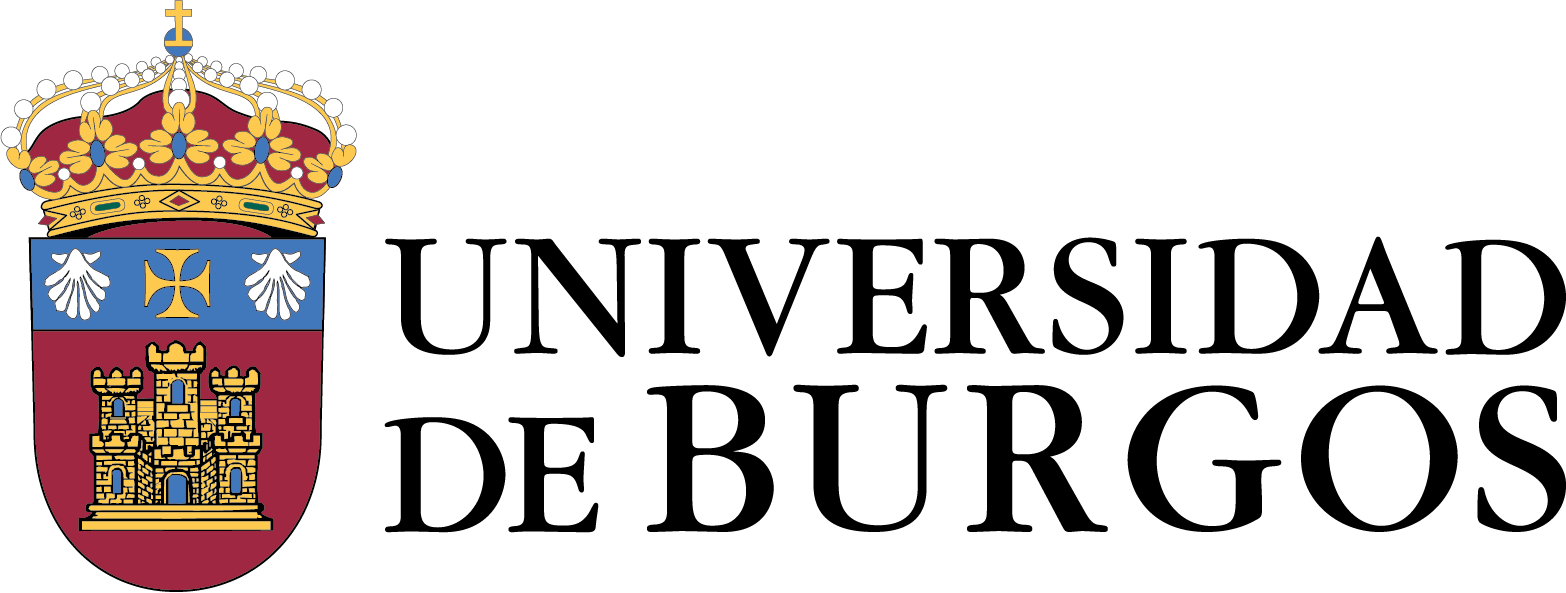Pon a trabajar tus neuronas. Manual de actividades cognitivas
Keywords:
cognitive stimulation, neurorehabilitation, cognitive functions, neuropsychological rehabilitation, brain injury, cognitive disorders, therapeutic activitiesSynopsis
This manual is designed to be a useful tool for all professionals working in the educational, social, and healthcare fields who conduct cognitive stimulation sessions in day centers, rehabilitation units, occupational centers, associations for people with cognitive difficulties, nursing homes, and other care resources.
The main objective is to provide a set of activities designed to facilitate the development, maintenance, and recovery of cognitive functions, particularly aimed at older adults, patients with brain injuries or mental health issues, individuals with neurodevelopmental disorders—especially young people and adults with intellectual disabilities—and other vulnerable groups. Its practical, inclusive, and evidence-based approach ensures effective application in stimulation and rehabilitation contexts. This manual not only enhances cognitive stimulation but also strengthens social interaction, self-esteem, and motivation among participants.
More than 200 activity sheets are presented, each including information about the primary cognitive function being worked on, the application mode (individual or group), instructions for execution, required materials and resources, and adjustable difficulty levels based on user needs.
The activities are grouped into seven sections, addressing key cognitive functions in neuropsychological intervention. In the attention block, word search puzzles, mazes, and visual discrimination tasks reinforce concentration and selective attention. In the memory block, episodic, semantic, and working memory are trained through exercises like reminiscence, associations, and recall strategies. The language section offers activities to improve oral and written expression and comprehension. The executive functions section includes exercises focused on planning, problem-solving, and decision-making. The perception section presents activities to identify, discriminate, and classify diverse sensory stimuli. The praxis section proposes motor coordination tasks and activities involving the planning and execution of simple or complex gestures or movements, performed on command or by imitation, with or without objects. Finally, the closing and evaluation activities help assess the session's outcomes. The design of these activities allows easy integration into therapeutic, educational, or recreational sessions, adapting to various professional environments.
This manual is not just a collection of exercises but a structured cognitive intervention guide, enabling professionals to personalize each activity according to the context and individual characteristics of users. Its design facilitates application in therapeutic, educational, and recreational programs, suitable for both individual and group sessions.
Downloads
Abstract 1560

Downloads
Published
Categories
License

This work is licensed under a Creative Commons Attribution-NonCommercial-NoDerivatives 4.0 International License.







